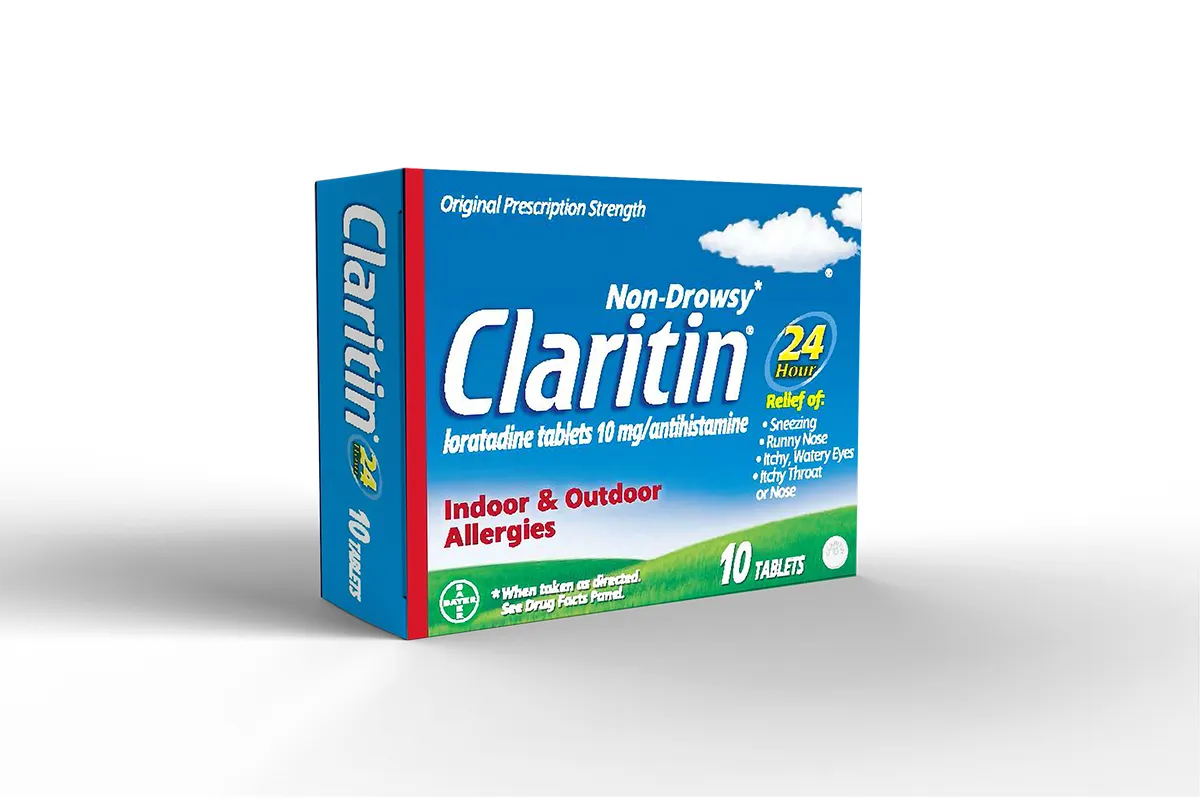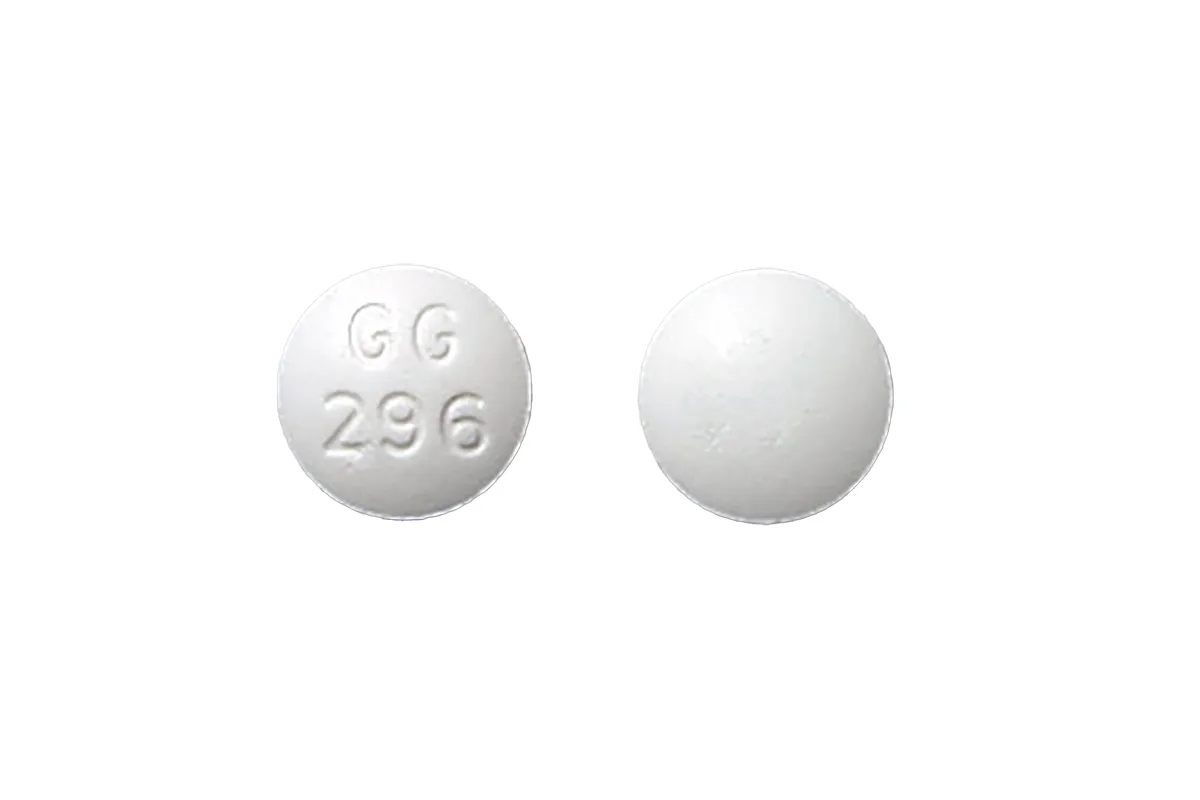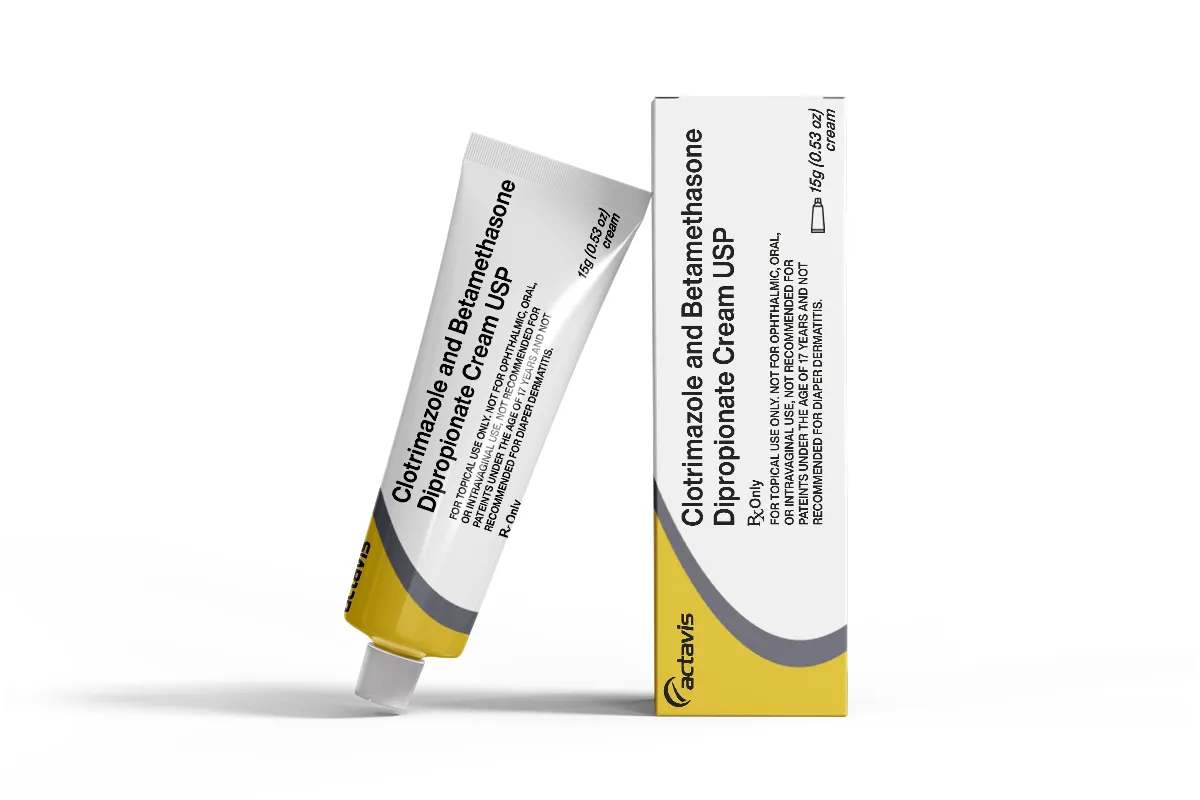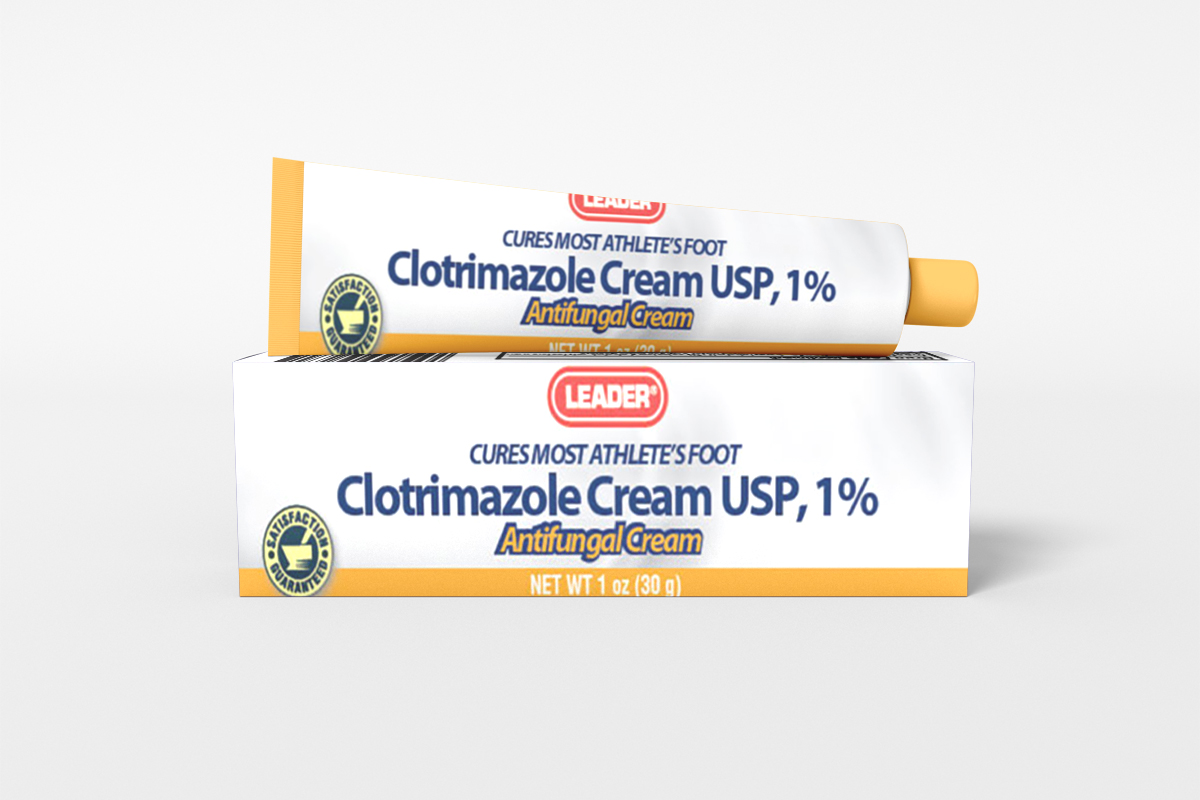Suggested Medicines
Loratadine was first approved by U.S. Food and Drug Administration (FDA) in 1993 for the treatment of allergies and Hay fever. Loratadine is manufactured by the Schering-Plough Pharmacy Company, which is now part of Merck & Co.
Loratadine belongs to the class of second-generation antihistamines, which are less likely to cause drowsiness than first-generation antihistamines such as diphenhydramine (Benadryl).
A Brief On Loratadine
Loratadine is a second-generation antihistamine used to treat allergies and hay fever. It works by blocking the effects of histamine, a natural chemical your body produces in response to an allergen.
Since its approval, Loratine has been one of the most widely used antihistamines in the world, and it is available in many countries under various brand names to treat allergies. Loratadine has also been studied for its potential benefits in treating other conditions, such as asthma, urticaria (hives), and cancer.
Loratadine is avalible over the counter and by prescription. It is usually taken orally, either as a tablet or a liquid. The dosage and frequency of Loratadine are based on the individual situation, weight, and age.
L612 White Oval is very much famous in the USA and it contains Loratadine and Claritin
How Loratadine Works?
Loratadine works by blocking the action of histamine, which is primarily responsible for allergic symptoms, such as sneezing, itching, watery eye, and runny nose.
Loratadine is a second-generation antihistamine developed to be more selective in targeting histamine receptors in the body.
This selective action reduces the risk of side effects, such as drowsiness, that are commonly associated with first-generation antihistamines.
Loratadine blocks the H1 histamine receptor, which is primarily responsible for allergy symptoms. By blocking this receptor, loratadine prevents the histamine from binding and producing its effects, thus reducing the symptoms of allergies.
Usages Of Loratadine
Loratadine can be used for on-label and off label
Loratadine on-label uses, including
- Seasonal Allergic Rhinitis: loratadine has been approved by FDA to treat Seasonal Allergic Rhinitis, such as runny nose, sneezing, itchy eyes, and throat.
- Chronic Urticaria: Loratadine is also approved to treat chronic hives that persist for six weeks or more and are not caused by an allergic reaction.
Loratadine off-label uses, including
- Perennial Allergic Rhinitis: Although loratadine is not specifically approved to treat perennial allergic rhinitis, it is often used off-label to treat this condition
- Allergic Conjunctivitis: loratadine may sometime use off-label to treat eye symptoms caused by allergies, such as swelling, itching, and redness.
- Asthma: although loratadine is not approved to treat asthma, it may be used off-label with other asthma medication to help manage symptoms.
- Itching: loratadine may be used off-label to treat itching caused by various skin conditions, such as eczema and psoriasis.
It's important to note that off-label use of Loratadine without a doctor's advice may be dangerous to your health.
Forms and Strengths Of Loratadine
|
Forms |
Strengths |
|
Tablets |
10 mg |
|
Chewable tablet |
5 mg |
|
Orally disintegrating tablets |
5 mg, 10 mg |
|
Liquid |
1mg/ mL |
Dosages Of Loratadine
Loratadine tablets
Adults and Children above 12 years: 10 mg once daily
For children 2-11 years of age: 5 mg once daily
Chewable tablets
Adults and Children above 12 years: 10 mg once daily
For children 2-11 years of age: 5 mg once daily
Orally disintegrating tablets
Adults and Children above 12 years: 10 mg once daily
For children 2-11 years of age: 5 mg once daily
Syrup
Adults and Children above 12 years: 10ml (5mg) once daily
For children 2-11 years of age: the dosage will depend on the child's weight and age. Typically the dose range between 2.5 mg to 5 mg once daily.
Side Effects Of Loratadine Table
|
Common side effects |
Serious side effects |
|
|
Interactions Of Loratadine
Loratadine may interact with other medications and substances, which can affect the effectiveness of the Loratadine and may cause side effects.
Central nervous system depressant: Loratadine can increase the sedative effects of central nervous system depressants such as opioids, benzodiazepines, and tranquilizers. This may lead to excessive drowsiness, dizziness, and impaired coordination.
Ketoconazole and erythromycin: these drugs can increase the effects of loratadine in the blood, which can cause the side effect.
Rifampin: this drug can decrease the level of loratadine in the blood, which can lead to the risk of side effects.
Fruit juices: Grapefruit juice and other fruit juices can interfere with the metabolism of loratadine, leading to an increased level of the drug in the blood.
Other medications: loratadine can interact with other medications which can affect the liver, such as ketoconazole and cimetidine. It can also interact with drugs that prolong the QT interval, such as certain antipsychotics and antibiotics, increasing the risk of arrhythmias.
Can You Buy Loratadine Over the Counter?
Yes, loratadine is available over the counter in many countries, including the united states, Canada, the United Kingdom, and Australia. It is sold under the various brand name.
However, it is always important to read and follow the instructions on the label and consult with your doctor before taking any medication; even though Loratadine is available over the counter, the sedative effects of it may cause addiction and dependence, so use it according to the advise and precaution.
Conclusion
As mentioned above, Loratadine is a second-generation antihistamine used to treat allergies and hay fever. It works by blocking the effects of histamine.
You can buy it online from a certified pharmacy or offline over the counter. Even though a prescription is not required to buy Loratadine, it's important to follow the instructions and guidelines on the label.











